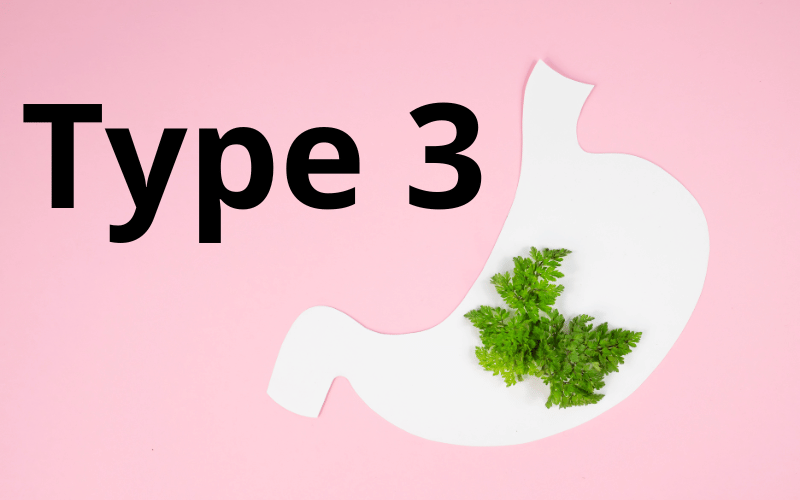Type 3: Gastrointestinal Stromal Tumor (GIST)

One of the telltale signs of GIST is bleeding, but it’s not always direct. Patients might not notice overt signs of blood but might experience symptoms due to blood loss. For instance, stools might appear black and tarry, an indication of blood in the digestive tract. Another subtle sign could be anemia. Over time, the constant loss of blood, even in minimal amounts, can lead to fatigue, paleness, and breathlessness – all signs of reduced hemoglobin in the body.
Surprisingly, with GIST, even a small meal could leave a person feeling unusually full. This feeling isn’t just the regular satisfaction post a hearty meal. It’s an exaggerated sensation, where even a few bites can make someone feel as though they’ve had a feast. As the tumor grows, it takes up space and might impede the stomach’s natural ability to expand, leading to this early satiety. This, in turn, can have cascading effects on appetite and nutritional intake.
In some cases, especially with larger tumors, patients might notice a palpable lump or mass in their abdomen. It might not always be painful but can be felt upon pressing the stomach area. While not every abdominal mass is indicative of GIST, any unusual growth, especially when paired with other symptoms, necessitates immediate medical consultation.
GIST, although relatively rare, is a unique form of stomach cancer. Its onset and progression differ from other gastric malignancies. Due to its distinctive origin – arising from specialized cells that control muscle contractions in the stomach and intestines – its symptoms can be quite varied. What remains consistent, however, is the importance of early detection. Recognizing these signs and seeking intervention can significantly enhance the success rate of treatments and improve the long-term outlook for patients. (3)